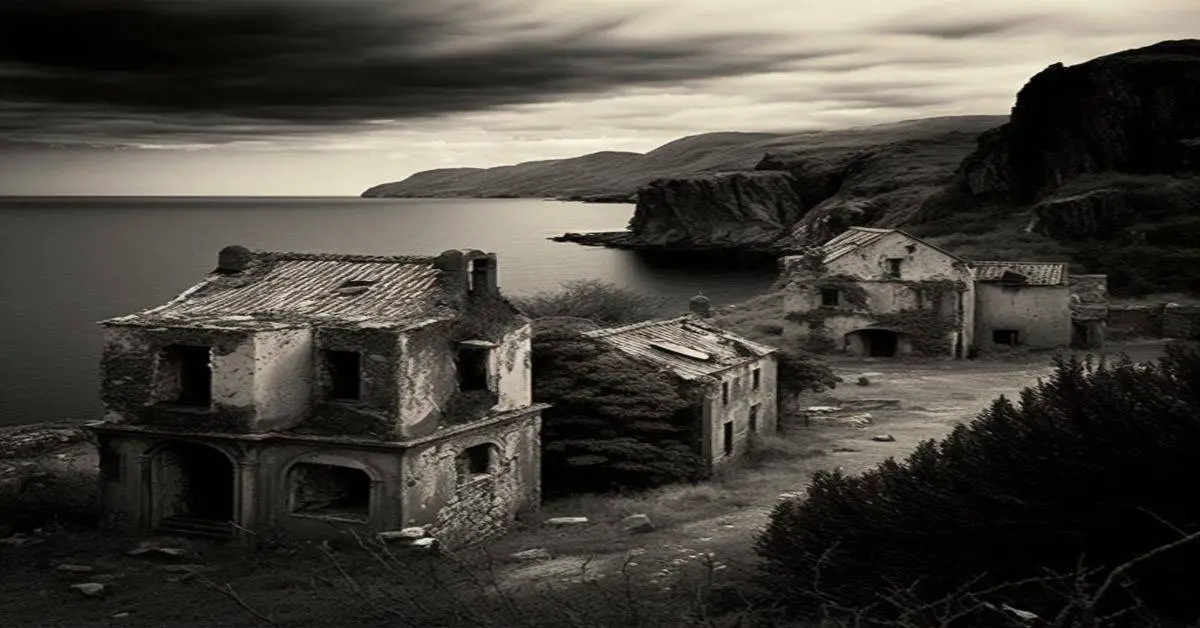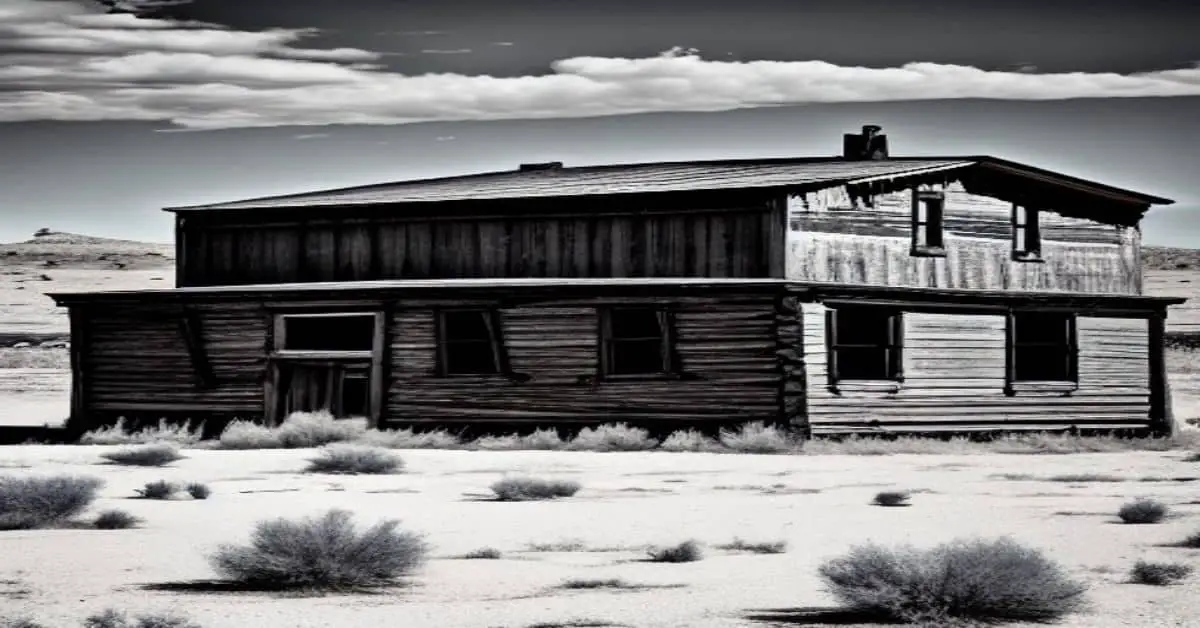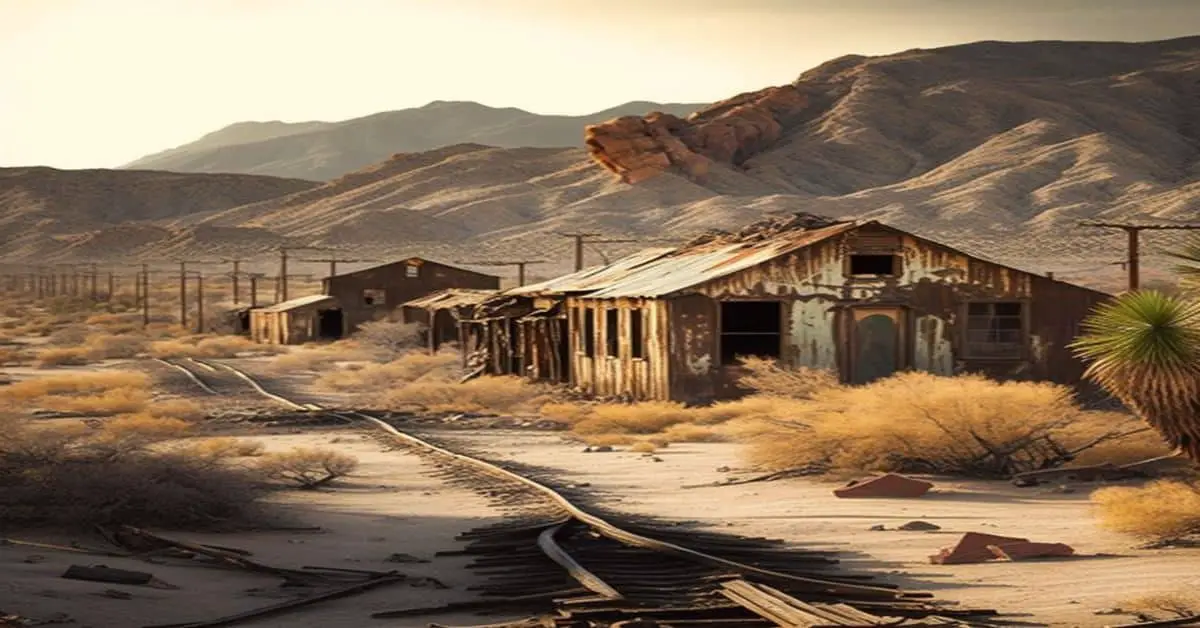Located in the Cerbat Mountains of Mohave County, Arizona, Golconda is a ghost town that is often overlooked by visitors to the area. However, it is a place that merits attention for its rich history and unique charm.
The town was founded in the 1860s as a mining town, and its fortunes rose and fell with the price of lead and zinc. Despite its decline in 1917 due to an oil fire and the drop in commodity prices, Golconda has a certain allure that draws visitors seeking to explore and discover its past.
The town’s history is fascinating, and it speaks to the spirit of the American West. Golconda was a place where men and women came to seek their fortunes, and where they faced the challenges of life in the frontier. It was a place of boom and bust, of triumph and tragedy.
Today, Golconda is a reminder of the past, and a testament to the resilience of the human spirit. This article will explore the location and access to Golconda, its history and decline, and its features and climate, to provide readers with a comprehensive understanding of this forgotten ghost town.
Key Takeaways
- Golconda was a mining town founded in the 1860s that experienced growth due to the establishment of a post office in 1909.
- The town’s decline and eventual abandonment in 1917 serves as a cautionary tale of the volatility of the mining industry.
- Visitors can explore the remains of Golconda scattered throughout the Cerbat Hills and learn about its history through hiking trails and the remains of mining equipment.
- Golconda has a mild winter and hot summer climate, making it a suitable destination for exploration and outdoor activities throughout the year.
Location and Access
Located in the Cerbat Mountains of Mohave County, Golconda can be accessed via a 2WD road with a recommended route through Chloride.
Visitors can take a scenic drive to the ghost town and explore the area on various hiking trails.
The town’s remains can be seen scattered throughout the Cerbat Hills, providing visitors with a unique experience of piecing together the puzzle of a forgotten town.
The scenic drive to Golconda is a popular attraction, offering visitors a glimpse of the beautiful Arizona landscape.
Hiking trails in the area allow visitors to explore the remains of the town and learn about its history.
The scattered foundations and building remnants, along with the huge stamp mill and mining equipment, offer a glimpse into the town’s past.
Overall, Golconda offers visitors a chance to step back in time and learn about the history of this once-thriving mining town.
History and Decline
The discovery of the Golconda mine in the 1860s was followed by John Boyle’s purchase of the mine around the turn of the century. Boyle’s ownership of the mine led to the establishment of a post office in 1909, which brought more people to the town. However, Golconda’s growth was short-lived due to an oil fire and a significant drop in lead and zinc prices. These events caused the town’s decline and eventual abandonment in 1917.
To imagine the impact of the mining industry on Golconda, one can picture the remnants of the town scattered throughout the Cerbat Hills. The standing building, many foundations, and mining equipment remains are reminders of the town’s past. The huge stamp mill, a piece of mining machinery used to crush ore, adds to the imagery of Golconda’s mining history.
The town’s decline serves as a cautionary tale of the volatility of the mining industry and its impact on small communities.
Features and Climate
One notable aspect of Golconda is its mild winter and hot summer climate, making it a suitable destination for exploration and outdoor activities throughout the year. Visitors can expect warm temperatures during the summer months, with highs reaching into the 90s and sometimes over 100 degrees Fahrenheit.
Mild temperatures in the winter months make it a perfect time to explore the abandoned structures and mining equipment scattered throughout the Cerbat Hills. The remains of Golconda offer a unique opportunity for visitors to explore the region’s history while engaging in various outdoor activities.
The numerous building foundations and other remnants glimpse the town’s once-thriving mining industry. In contrast, the huge stamp mill and mining equipment remains allow visitors to experience the technology of the time. With a suitable climate for outdoor activities, visitors can hike, explore, and learn about the region’s history throughout the year.
Frequently Asked Questions
Is there any accommodation available in or near Golconda for visitors?
As Golconda is a ghost town, there are no accommodation options available within the town itself. However, visitors can find nearby attractions in Chloride, which is recommended as the route to access Golconda.
Are there any hiking trails in the surrounding area that can be explored?
Hiking trails and scenic routes in the surrounding area of Golconda provide opportunities for exploring the Cerbat Mountains and observing wildlife sightings. Birdwatching opportunities are also available in this region, making it an ideal destination for outdoor enthusiasts.
Are there any legends or ghost stories associated with Golconda or the surrounding area?
Reports of ghostly sightings and haunted history surround Golconda and Cerbat Mountains. However, there is no concrete evidence or documented legends to support these claims.
What was the population of Golconda at its peak and how many residents remain today?
At its peak, Golconda’s population reached around 500 residents. Today, no one lives in the scattered remains of the town. Despite its economic impact as a mining town, Golconda’s historical significance is largely forgotten.
Are there any plans to preserve or restore any of the remaining buildings or structures in Golconda?
Preservation efforts have not been documented for Golconda ghost town, despite its historical significance. No plans have been announced to restore or preserve any of the remaining buildings or structures in the area.


